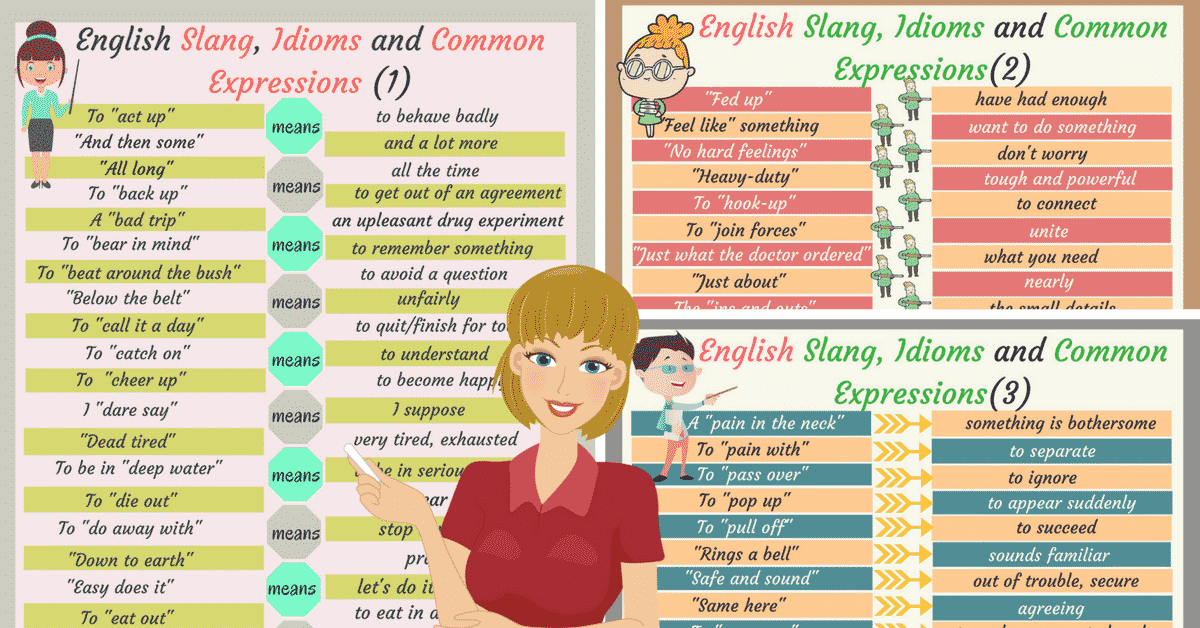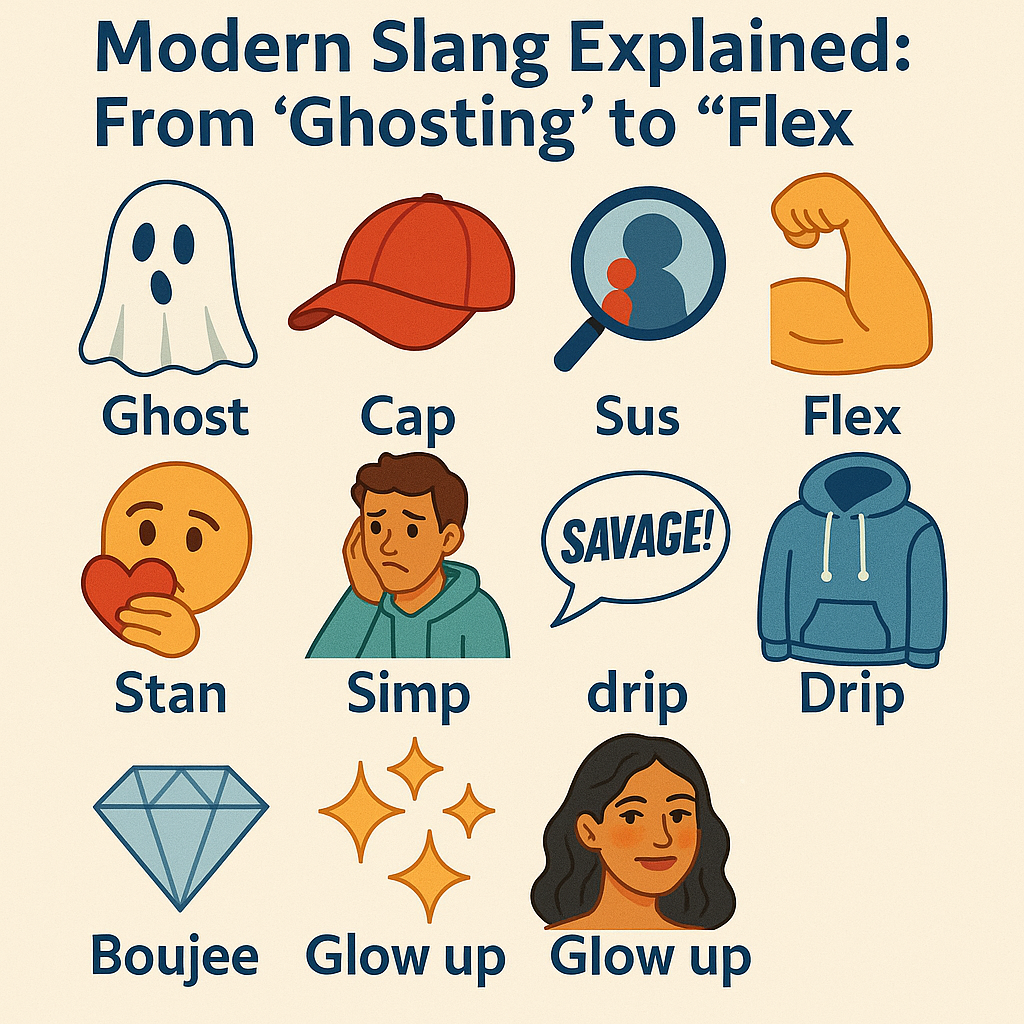Whether you’re “circling back” in a meeting or talking about “scaling the backend” in a tech startup, chances are you’ve used jargon—possibly without even realizing it. While some see jargon as unnecessary buzzwords, it actually plays a vital role in how professionals communicate efficiently, establish credibility, and build cultural identity within a field.
In this article, we’ll explore how jargon shapes language in the worlds of tech, business, and culture, and how it helps—and sometimes hinders—communication.
What Is Jargon?
Jargon is specialized language used by a particular group, profession, or industry that may not be easily understood by outsiders. It includes:
- Technical terms
- Acronyms
- Industry-specific expressions
While slang tends to be informal and social, jargon is usually formal or functional, designed to increase precision or efficiency among insiders.
🔗 Learn more at Merriam-Webster – Definition of Jargon
The Power of Jargon in the Tech World
The tech industry thrives on innovation—and that means it constantly invents new terminology. From coding frameworks to cybersecurity protocols, tech professionals use jargon to talk quickly and precisely.
Common Tech Jargon:
- Backend – Server-side of a web application
- Frontend – Client-facing part of an app or site
- DevOps – Combination of development and operations
- API – Application Programming Interface
- Stack – The set of technologies used in a project
While these terms are essential within the field, they can be confusing or meaningless to outsiders.
🔗 For a glossary, see TechTerms
Jargon in Business: Efficiency or Empty Buzz?
Business jargon often walks the line between useful shorthand and meaningless fluff. On one hand, it saves time in meetings and emails. On the other, it can obscure meaning or alienate newcomers.
Examples of Business Jargon:
- Circle back – Revisit the topic later
- Touch base – Contact or connect
- Bandwidth – Capacity to take on work
- Low-hanging fruit – Easy tasks or quick wins
- Synergy – Collaborative efficiency (often mocked)
While these phrases are meant to increase productivity, they can become empty clichés when overused.
🔗 See examples in Harvard Business Review – Business Jargon People Actually Use
Cultural Jargon: Identity Through Language
Jargon isn’t limited to industries—it also exists in subcultures like gaming, fashion, music, and activism. In these spaces, jargon helps create in-group identity and shared understanding.
Examples of Cultural Jargon:
- GG – “Good game” in gaming
- Drop – A product release in fashion or music
- AF – Slang abbreviation for “as f***” (e.g., “cool AF”)
- Clapback – A witty or aggressive response (often in online culture)
- Woke – Awareness of social justice issues
Cultural jargon often bleeds into mainstream slang, especially through social media.
🔗 Dive deeper into digital culture at Know Your Meme
When Jargon Helps Communication
Jargon can be incredibly useful when:
- Speed matters (e.g., in medicine or tech)
- Precision is required (e.g., legal or scientific terms)
- Audience is knowledgeable (e.g., internal meetings or academic papers)
- Community building is the goal (e.g., in niche hobbies or fandoms)
In the right context, jargon saves time, boosts efficiency, and creates trust among peers.
When Jargon Becomes a Problem
Too much jargon—or using it with the wrong audience—can:
- Confuse or alienate others
- Seem pretentious or gatekeeping
- Create misunderstandings
- Obscure rather than clarify meaning
For example, telling a client that you’ll “leverage scalable infrastructure to maximize KPIs” may sound impressive—but if they don’t know what that means, you’ve failed to communicate.
🔗 For tips on clear writing, check PlainLanguage.gov
Tips for Using Jargon Effectively
- Know your audience – Use jargon only when the other person understands it.
- Define unfamiliar terms – Especially in presentations or writing.
- Avoid buzzword overload – One or two are fine. A paragraph full of them? Not so much.
- Translate into plain English – When talking to clients or the public.
- Be mindful of tone – Jargon can sound helpful or arrogant, depending on how you use it.
Final Thoughts: Jargon as a Tool, Not a Barrier
Jargon is not the enemy—it’s a tool. In the right hands, it can speed up communication, signal expertise, and build community. But used thoughtlessly, it becomes a wall that separates people rather than bringing them together.
Whether you’re coding an app, leading a team meeting, or dropping a meme in your group chat, remember: the goal is always clarity, connection, and understanding.
So next time you circle back on that tech stack to assess your bandwidth, just make sure the synergy is real—and that your team knows what you’re talking about.




